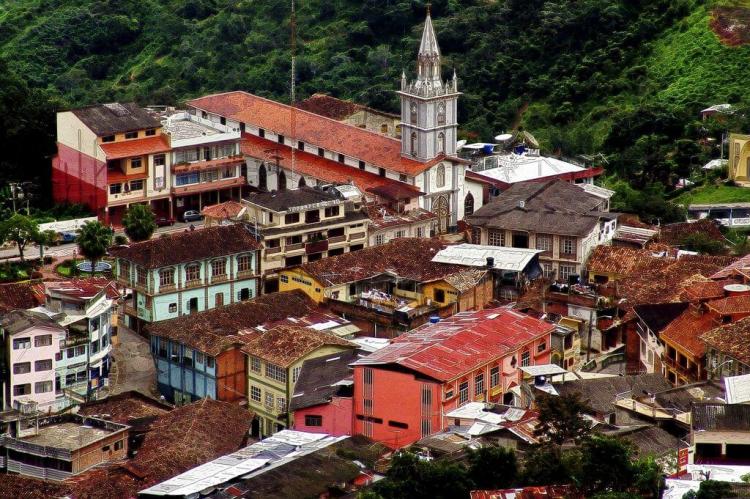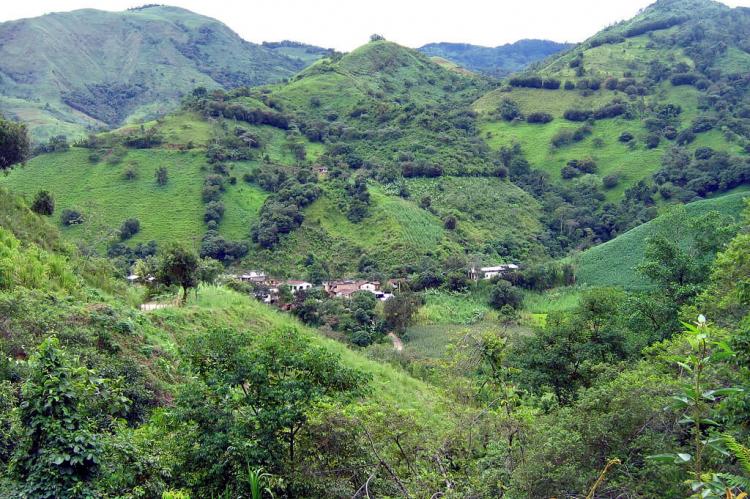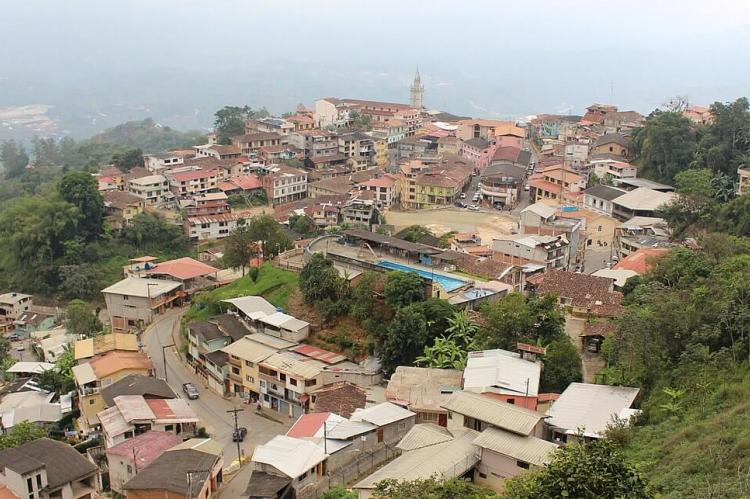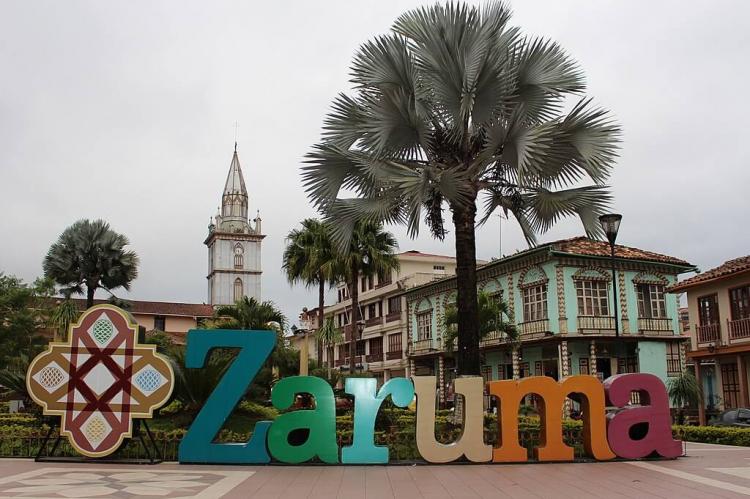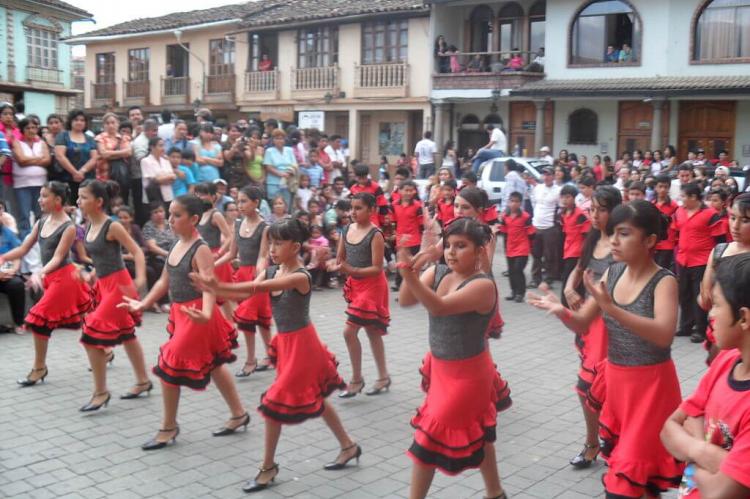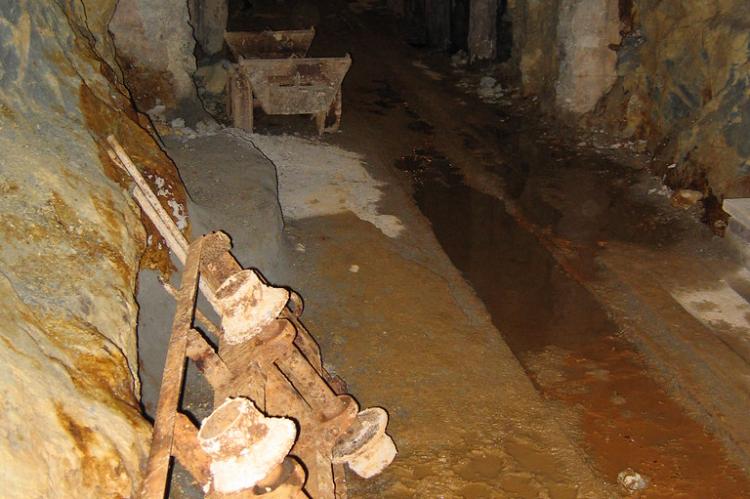Zaruma: Ecuador's Golden Colonial Gem
Zaruma in southern Ecuador is known for its Republic-era architecture, centuries-old gold mines, and vibrant culture. Recently, it has become popular among coffee enthusiasts, food lovers, and art fans for its unique blend of natural beauty, mining heritage, and urban charm.
Zaruma: Ecuador's Golden Colonial Gem
Nestled in the Central Highlands of southern Ecuador, Zaruma is a living testament to the region's rich history and cultural heritage. Perched at an elevation of 1,200 meters (3,900 feet) at the southeastern foot of the Cordillera de Zamora, this captivating town has captured the hearts of visitors with its republic-era architecture, centuries-old gold mines, vibrant culture, and traditions dating back to its founding by Spanish explorer Alonso de Mercadillo. Recently, Zaruma has emerged as a destination for coffee enthusiasts, gastronomy lovers, and art fans, offering a unique blend of natural beauty, mining heritage, and urban charm.
Architectural Wonder
A Colonial and Republican Tapestry
The historic center of Zaruma is a true architectural gem, with cobblestone streets lined with traditional one-, two-, and three-story houses adorned with balconies, windows, corridors, and arches that reflect the town's colonial and republican heritage. Many of these houses, listed on the cultural heritage register, open their doors in the evenings, revealing cozy bars and coffee shops where visitors can immerse themselves in the city's rich history, as told by the locals who live and work here.
A Cultural Heritage Site
Recognizing its architectural and cultural significance, the Ecuadorian Ministry for Education and Culture declared Zaruma an Ecuadorian Cultural Heritage site in 1990. Since 1998, the city has been on UNESCO's list of candidates for World Heritage Site status, a testament to its enduring legacy and importance as a cultural treasure.
A Golden Legacy
Pre-Hispanic and Spanish Influences
Zaruma's history dates back to the Cañari, an indigenous ethnic group that settled between 500 and 1400 CE. In the 1480s, the Incas overpowered the Cañari and enslaved them for 50 years. It wasn't until 1549 that the Spanish established the first towns in the region, drawn by the area's rich gold deposits.
The Royal Town of Gold
On October 17, 1593, Philip II of Spain granted the city the title of "Villa de Sant Antonio del Zerro de Oro de Zaruma" ("Royal Town of St. Anthony of the Gold Mountain of Zaruma"), cementing its importance as a center of gold mining. Two years later, on December 8, 1595, Captain Damián Meneses founded the city under the orders of the Viceroy of Peru.
Resilience in the Face of Adversity
Zaruma's golden age was not without its challenges. In 1749, an earthquake devastated the city and its mines, triggering an indigenous rebellion that led to a mass exodus and economic ruin. However, the miners' resilience and official aid from the Spanish Crown allowed for the importation of native laborers, reviving the mining industry and the city's fortunes. Research suggests that from 1536 to 1820, Spain benefited from approximately 2,700 tonnes of gold from Zaruma.
Independence and Rebirth
A New Beginning
On November 26, 1820, Zaruma declared its independence from Spain, marking the beginning of a new era for the town. While the area initially fell into economic depression, the mining industry never wholly disappeared. In 1860, the Great Zaruma Gold Mining Company Limited was formed with the help of English investments, breathing new life into the town's primary industry.
The Birth of El Oro Province
In 1882, Zaruma, Machala, and Santa Rosa provinces declared the creation of a new province named El Oro in honor of the region's golden legacy. Zaruma served as the capital of this new province until 1884, solidifying its place in the country's history and paving the way for its future as a cultural and economic hub.
Zaruma's enduring legacy as a center of gold mining, colonial architecture, and rich cultural heritage has made it a gem in Ecuador's Central Highlands. As visitors wander its cobblestone streets and explore its historic buildings, they are transported back in time, immersed in a world where the echoes of the past resonate with the vibrancy of the present, creating a truly unique and unforgettable experience.
